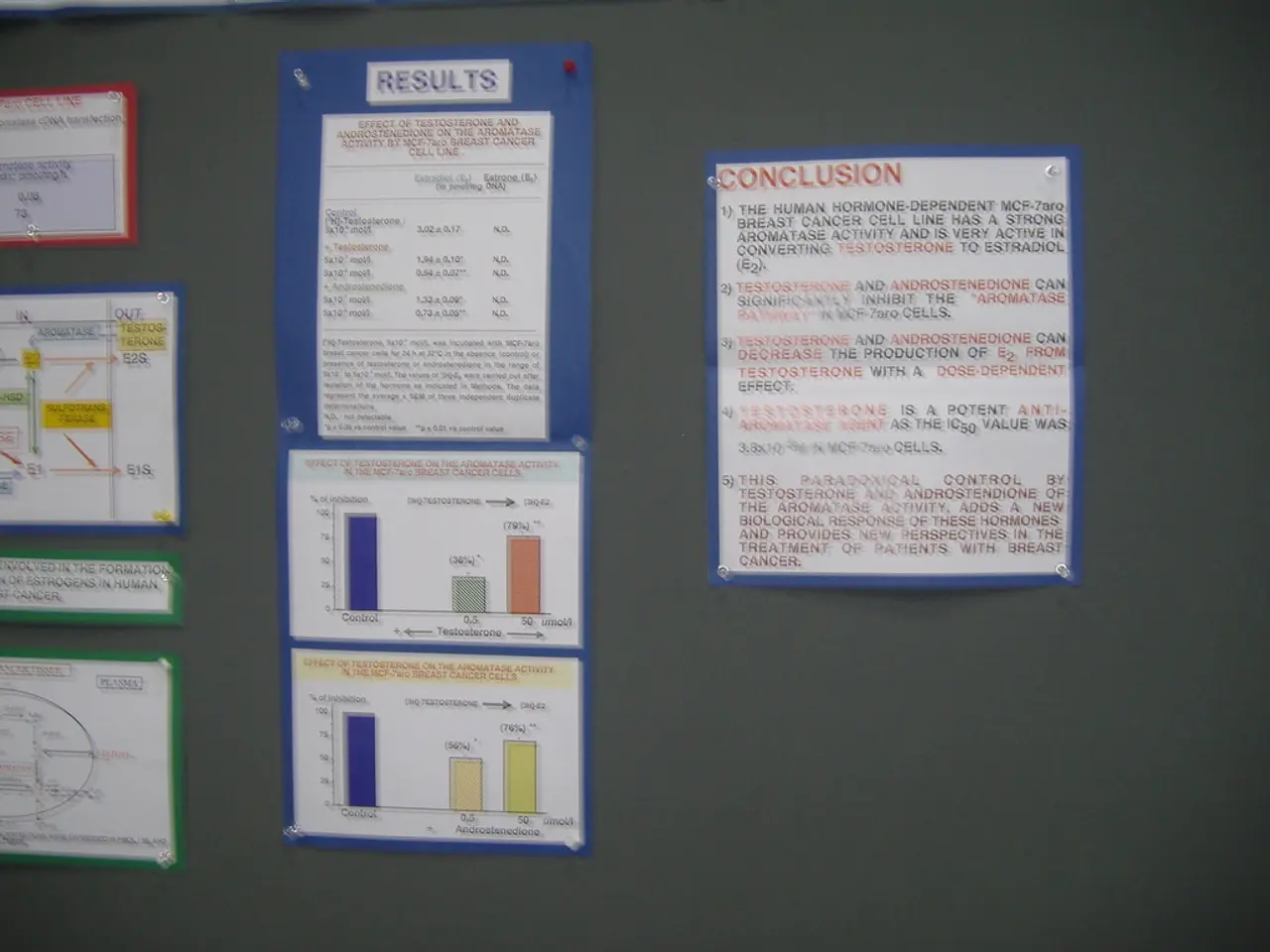Alcohol Recovery Complications: Understanding Dry Drunk Syndrome, Its Signs, and Strategies for Cope
Managing Post-Acute Withdrawal Syndrome (PAWS) and Overcoming Dry Drunk Syndrome
For individuals recovering from alcohol use disorder (AUD), the journey does not end with abstinence. Post-acute withdrawal syndrome (PAWS) and dry drunk syndrome are common challenges that may arise during the recovery process.
Understanding PAWS
PAWS is a condition characterized by persistent psychological and physiological symptoms that occur after the initial acute withdrawal phase. These symptoms, which can last from weeks to months, typically include mood disturbances, anxiety, trouble sleeping, and cravings. PAWS reflects the brain's ongoing adjustment following heavy and prolonged alcohol use, as chemical imbalances gradually normalize [1][3][4].
Recognizing Dry Drunk Syndrome
Dry drunk syndrome, a term coined by Alcoholics Anonymous (AA), describes a state in which a person remains physically abstinent from alcohol but continues to experience the emotional and behavioral patterns associated with active alcoholism. This can include irritability, resentment, depression, and an inability to fully engage in emotional or spiritual recovery [2].
The Connection Between PAWS and Dry Drunk Syndrome
Both conditions occur after cessation of drinking and reflect ongoing difficulties in recovery beyond mere abstinence. PAWS largely focuses on the neurobiological and psychological aftereffects of withdrawal that can persist for extended periods, such as mood swings and sleep problems. Dry drunk syndrome, on the other hand, highlights the emotional and behavioral struggles in recovery, emphasizing that sobriety alone is insufficient without addressing deeper psychological and spiritual needs [1][2][4].
A person experiencing PAWS symptoms may also display dry drunk characteristics if emotional and mental health challenges remain untreated. Effective AUD recovery usually requires treatment and support addressing both withdrawal-related symptoms (as in PAWS) and emotional/spiritual healing (to prevent dry drunk syndrome) [1][2][4].
Supporting Recovery
The Substance Abuse and Mental Health Services Administration provides guidelines for supporting a person with a substance use disorder, including AUD. These guidelines emphasize the importance of expressing concern, creating a judgment-free environment, and offering support [5]. Family and friends can play a crucial role in the recovery process by implementing these strategies and helping the person find treatment services [6].
More information about local treatment centers can be found on sites like findtreatment.gov [7]. A healthcare professional may suggest certain coping methods, support groups, or prescribe medications like acamprosate (Campral) to help with PAWS symptoms [8].
Embracing Recovery
It is important to note that experiencing symptoms of PAWS should not be a cause for shame or discouragement, as these symptoms can be a normal part of the recovery process from AUD. Relapse can be a part of recovery and should be viewed as a temporary setback rather than a failure [9]. Each individual's recovery journey from AUD can vary significantly, so it is important not to compare one's own recovery journey with that of others [10].
In conclusion, PAWS and dry drunk syndrome are common challenges that individuals recovering from AUD may face. Understanding these conditions and seeking appropriate support and treatment can significantly improve the chances of lasting recovery.
- The ongoing struggles in recovery from alcohol use disorder (AUD) can extend beyond physical abstinence, encompassing conditions like Post-Acute Withdrawal Syndrome (PAWS) and dry drunk syndrome.
- Recognizing dry drunk syndrome is crucial, as a person may continue to experience emotional and behavioral patterns associated with active alcoholism while physically abstinent.
- Psychology, with its focus on deeper psychological and spiritual needs, plays a significant role in addressing and preventing dry drunk syndrome.
- Substance use disorder recovery strategies, as suggested by the Substance Abuse and Mental Health Services Administration, emphasize creating a non-judgmental environment, expressing concern, and offering support towards mental health and well-being.
- The healthcare science and mental health field offer a range of therapies and treatments, including acamprosate, coping methods, and support groups, to help manage PAWS symptoms.
- Embracing recovery from AUD and understanding that experiencing PAWS symptoms or relapses is a normal part of the process, not a failure, can foster resilience and encourage long-term recovery success.




